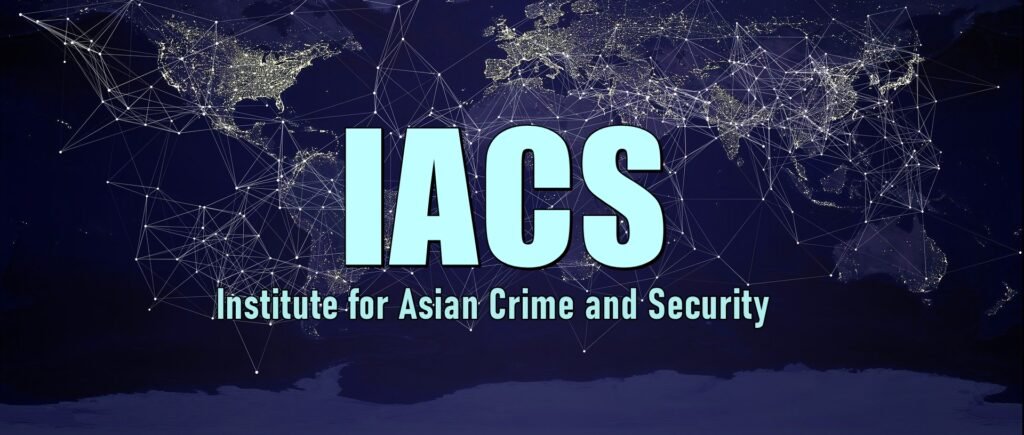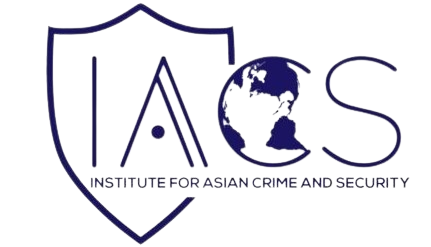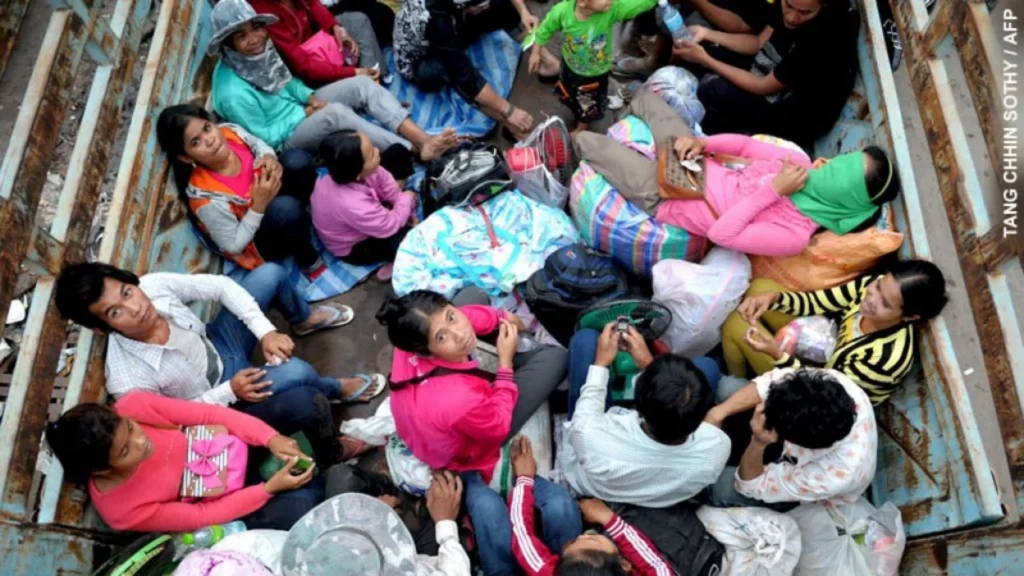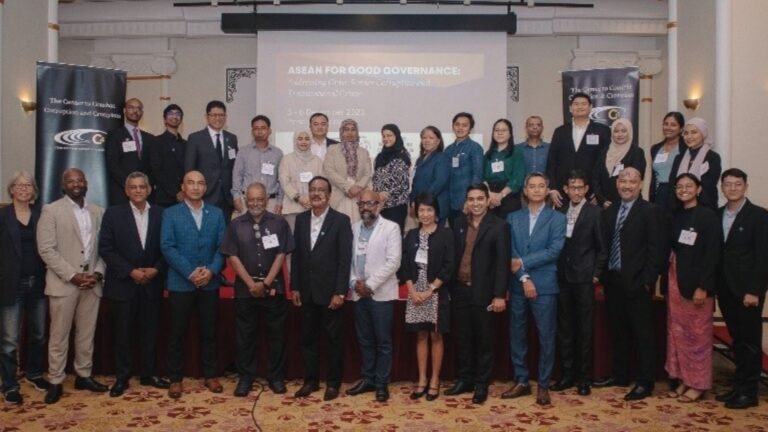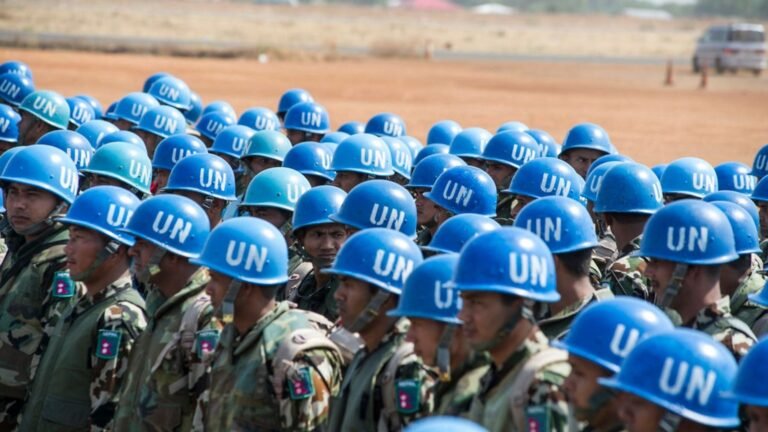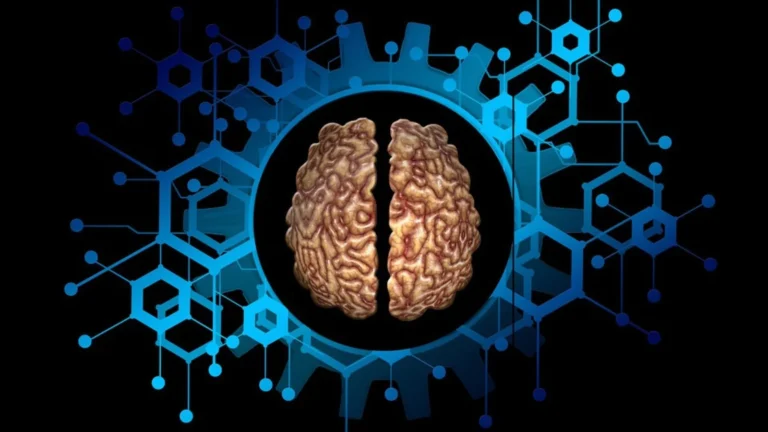Transnational organised crime is a social phenomenon across national borders whose prevention has been a critical discussion across the international spectrum for many years. Asia’s geographical location has become a haven for various forms of transnational organised crimes (Soewondo and Kadarudin 2022). Transnational crimes can include human trafficking, narcotics smuggling, wildlife smuggling, people smuggling, or even illegal fishing. Regional organisations like the Association of Southeast Asian Nations (ASEAN) have been tasked to prevent transnational organised crimes in Southeast Asia (Ibid). By preventing and eradicating transnational organised criminal networks, many regional entities aim at ensuring overall stability to their member country’s security. Transnational crimes are closely related to a country’s sovereignty as it surpasses the territorial boundaries of a country’s sovereignty, which is why it is considered a pressing global problem. Transnational organized crimes have emerged as one of the world’s leading challenges, which has also influenced the creation of multilateral mechanisms like the United Nations Conventions against Transnational Organised Crime (UNTOC), Interpol and Europol.
The research on transnational crime has made huge strides by challenging traditional methods and approaches that view crime as the responsibility of the individual nation-state (Houge et al. 2015). However, there is a lacuna in the field that delves into the gender perspectives. There is a lack of awareness or prioritisation towards sexual violence during human trafficking and people smuggling (Ibid). Moreover, there is a lack of acknowledgement that women who were once victims of human trafficking networks could become offenders (Hicks 2021). As the ‘victim- offender overlap’ is rarely recognised, female perpetrators are rarely accepted, undermining any intervention. While women are significantly recognised within human trafficking as victims, there is a lack of investigation into the experience of female perpetrators. This article aims at de-essentialising gender by showcasing different roles women play in transnational organised crimes with a focus on human trafficking.
REGIONAL CONTEXT
Similar to other studies, the local socio-regional context that fosters the criminal networks is overlooked. Often perspectives from the Global South, which includes South and Southeast Asia, where the current international interest in human trafficking originated, are disproportionately represented in the research (Kempadoo et al. 2015). Despite the trend to generalise the problem for organised crime, especially in Asia, the actual reason for the problem could be varied and area-specific. Consequently, many Asian scholars theorise that Asian organized crime (AOC) is unlike Italian syndicates or networks found in western nations (Ganapathy and Broadhurst 2008). Yet, western scholars in the Global North tend to orientalise the situation and treat AOC as a universal phenomenon.
The regions of South and Southeast Asia have been widely referred to as the trafficking “hotspot” (Olivius 2018, 13) of the globe. Owing to the problem, many countries in the region, like Thailand and Cambodia, took action by criminalising human trafficking in their national legislation (Ibid). The intricate crime networks are highly organised and cross the border, and national legislations are inadequate to curtail the networks. Traffickers in the region exploit many people that desire to improve their lives. Therefore, often victims are trafficked from poorer areas to wealthier parts of Asia or even to other parts of the world.
HUMAN TRAFFICKING
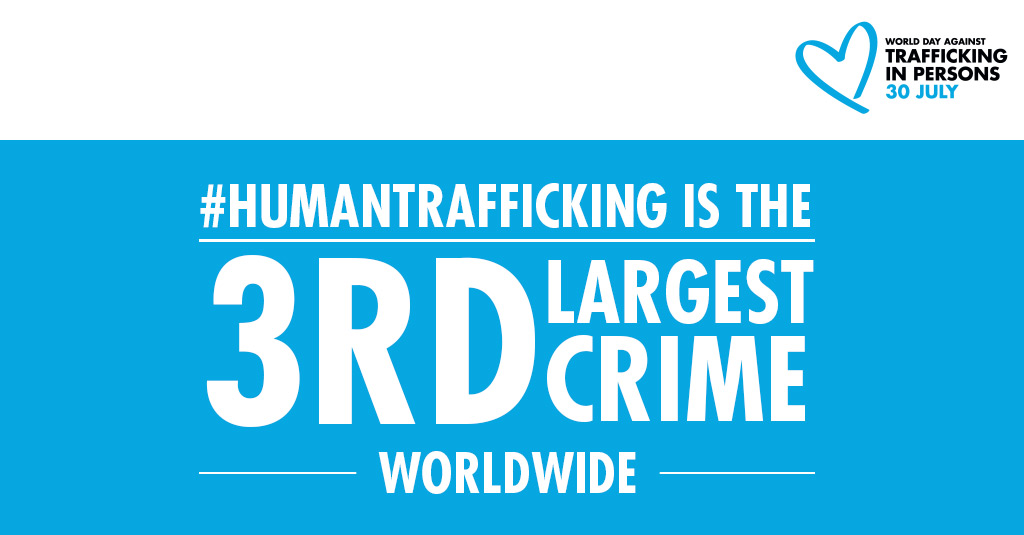
Source: UNODC (https://www.unodc.org/southasia/en/topics/frontpage/2009/trafficking-in-persons-and-smuggling-of-migrants.html)
Human trafficking is a crime that is on the rise (Duong 2020) and one that has come under the purview of regional and international organisations as it permeates national borders. As aforementioned, many regional and multilateral organisations have adopted resolutions and created agencies to fight against the crime while attempting to get justice for the victims. For example, the UN General Assembly in 2000 adopted the “United Nations Convention Against Transnational Organized Crime” and “the Protocol to Prevent, Suppress, and Punish Trafficking in Persons Especially Women and Children” (Yik-Yi Chu 2011, 40). While human trafficking is nothing new, it is often viewed as the contemporary manifestation of slavery. When discussing trafficking, the crime is often synonymous with coercion and exploitation (Ibid).
VICTIMS OF HUMAN TRAFFICKING
Human trafficking has been conceptualised as an “internationalised form of organised sexual exploitation” (Olivius 2018, 16). Trafficking of women is not a recent trend; its history goes back to more than the nineteenth century. It is generally accepted that the primary victim of human trafficking are women. For example, according to a survey in 2011, nearly 79 percent of trafficked victims were females, which were used for sexual exploitation, while 18 percent of victims were men used for “bonded labour” (Yik-Yi Chu 2011, 40). According to UNODC, in East Asia (including countries like Mainland China and Malaysia), 64 percent of victims were women for the purpose of sexual exploitation (UNODC 2021).
Radical feminist theory suggests that human trafficking, especially women, results from a world order built on gender inequality and racism (Yik-Yi Chu 2011). For instance, in Mainland China, the trafficking of women is so severe that it is considered a social problem that affects the stability and security of the country (Jiang and Sánchez-Barricarte 2011). In the 1970s, due to poor economic conditions, many women planned to improve their situations by getting married; however, they were sold by traffickers (Ibid). The women from poorer economic backgrounds were initially sold as wives to Chinese farmers, and later as the networks grew, they were trafficked in the south and southeast Asian countries. Imbalanced sex ratio led to women being in high demand. While in China, women were trafficked and sold into marriages, other countries trafficked women for sexual exploitation or forced labour. Asian women and other victims of trafficking are often ‘re-victimised,’ even after they are saved by the authorities. The purpose of trafficking women depends on the local context. However, trafficking of women happens similarly and is against the victim’s will.
FEMALE PERPETRATORS
Female offenders, especially those who have committed severe transnational crimes like human trafficking, are seldom investigated (Wijkman and Kleemans 2019). In numerous pieces of trafficking literature, gender roles are emphasised, stereotyping women as vulnerable victims, while female perpetrators and their multifaceted experiences are overlooked. Scholars have often concluded that only men participated in human trafficking and sexual exploitation offences, as they wanted to benefit from women’s vulnerable position (Houge et al. 2015).
Conversely, in-depth research into organised networks showcases that women can either be recruiters or supporters to their partners (McCarthy 2020). Depending on the experience, female traffickers could be reluctant and subordinate partners. Often female perpetrators were initially victims of trafficking. While on the other hand, women can be equally “entrepreneurial” as men in trafficking networks (Ibid, 81). Using Mainland China as an example, Shen (2016) emphasises that female perpetrators can be pushed to participate in criminal activities like trafficking rings due to a lack of legitimate opportunities.
The limited studies that focus on female perpetrators in human trafficking have emphasised a geographical and cultural variation for their involvement. For example, according to Shen (2016), in India, nearly half of trafficked persons reported their traffickers as a woman (65), while in Israel, only “10.5% were women” (65). Women’s role as perpetrators in trafficking networks depends on cultural norms. However, in-depth knowledge regarding women as perpetrators of transnational crime is restricted due to limited research.
CONCLUSION
Security threats are not only associated with military confrontations or territorial disputes anymore. They also arise from non-state actors’ dangers like transnational organised crime. While organisations worldwide are trying to stop non-traditional security threats like human trafficking networks, the region that is highly vulnerable to these threats is conspicuously left out of the discussion. The security threats found in South and Southeast Asia are incredibly complex and transnational. Moreover, constructing policies and protocols to deal with the globe’s third-largest criminal enterprise will be inadequate if they do not consider that perpetrators can be women. Like many transnational crimes, human trafficking has a gendered aspect that is often stereotyped, misunderstood, or misrepresented. While vulnerable women are the primary target for trafficking networks, viewing them merely as victims and not as potential perpetrators hinder law enforcement agencies and policymakers from conducting grounded analysis into transnational crime networks. To understand the complexities and nuances of transnational crime like human trafficking, broader sociological context and local perspectives must be included. Thus, this article argues that female perpetrators must also be recognised in transnational crime to benefit from fact-based policy response.
References:
Duong, K.A., 2020. Human Trafficking and Migration: Examining the Issues from Gender and Policy Perspectives. The Palgrave International Handbook of Human Trafficking, pp.1819-1833.
Ganapathy, N. and Broadhurst, R., 2008. Organized crime in Asia: A review of problems and progress. Asian Journal of Criminology, 3(1), pp.1-12.
Houge, A.B., Lohne, K. and Skilbrei, M.L., 2015. Gender and crime revisited: criminological gender research on international and transnational crime and crime control. Journal of Scandinavian Studies in Criminology and Crime Prevention, 16(2), pp.160-174.
Hicks, Jacqueline. 2021. The Role of Gender in Serious and Organised/Transnational Crime. (2021). K4D Helpdesk Report 984. Brighton, UK: Institute of Development Studies. DOI: 10.19088/K4D.2021.059
Jiang, Q. and Sánchez-Barricarte, J., 2011. Trafficking in women in China. Research Institute for Asian Women.
Kempadoo, K., Sanghera, J. and Pattanaik, B., 2015. Trafficking And Prostitution Reconsidered: New Perspectives On Migration, Sex Work, And Human Rights. Routledge.
McCarthy, L.A., 2020. A gendered perspective on human trafficking perpetrators: evidence from Russia. Journal of Human Trafficking, 6(1), pp.79-94.
Olivius, E., 2018. Beyond awareness: learning from local experiences to move forward in fighting human trafficking: a regional study of local perceptions of human trafficking in South and Southeast Asia.
Shen, A., 2016. Female perpetrators in internal child trafficking in China: An empirical study. Journal of Human Trafficking, 2(1), pp.63-77.
Soewondo, Slammet Sampurno and Kadarudin. 2022. Prevention and Eradication of Transnational Organised Crime in South East Asia. Sch Int Journal Law Crime and Justice, 5(2): 37-44.
Wijkman, M. and Kleemans, E., 2019. Female offenders of human trafficking and sexual exploitation. Crime, Law and Social Change, 72(1), pp.53-72.
Yik-Yi Chu, C., 2011. Human trafficking and smuggling in China. Journal of Contemporary China, 20(68), pp.39-52.
“Addressing Trafficking in Persons and Smuggling of Migrants”. UNODC. https://www.unodc.org/southasia/en/topics/frontpage/2009/trafficking-in-persons-and-smuggling-of-migrants.html
UNODC. 2021. Global Report on Trafficking in Persons 2020. United Nations Publication. Accessed https://www.unodc.org/documents/data-and-analysis/tip/2021/GLOTiP_2020_15jan_web.pdf
Image Credit: Tan Chhin Sothy/AFP
About the Author: Jayantika Rao Tiruvaloor Viavoori is a Research Associate with IACS. She holds a BA in International Studies with a specialisation in the Middle East and a MA in International Relations with a specialisation in Culture and Politics from Leiden University.
